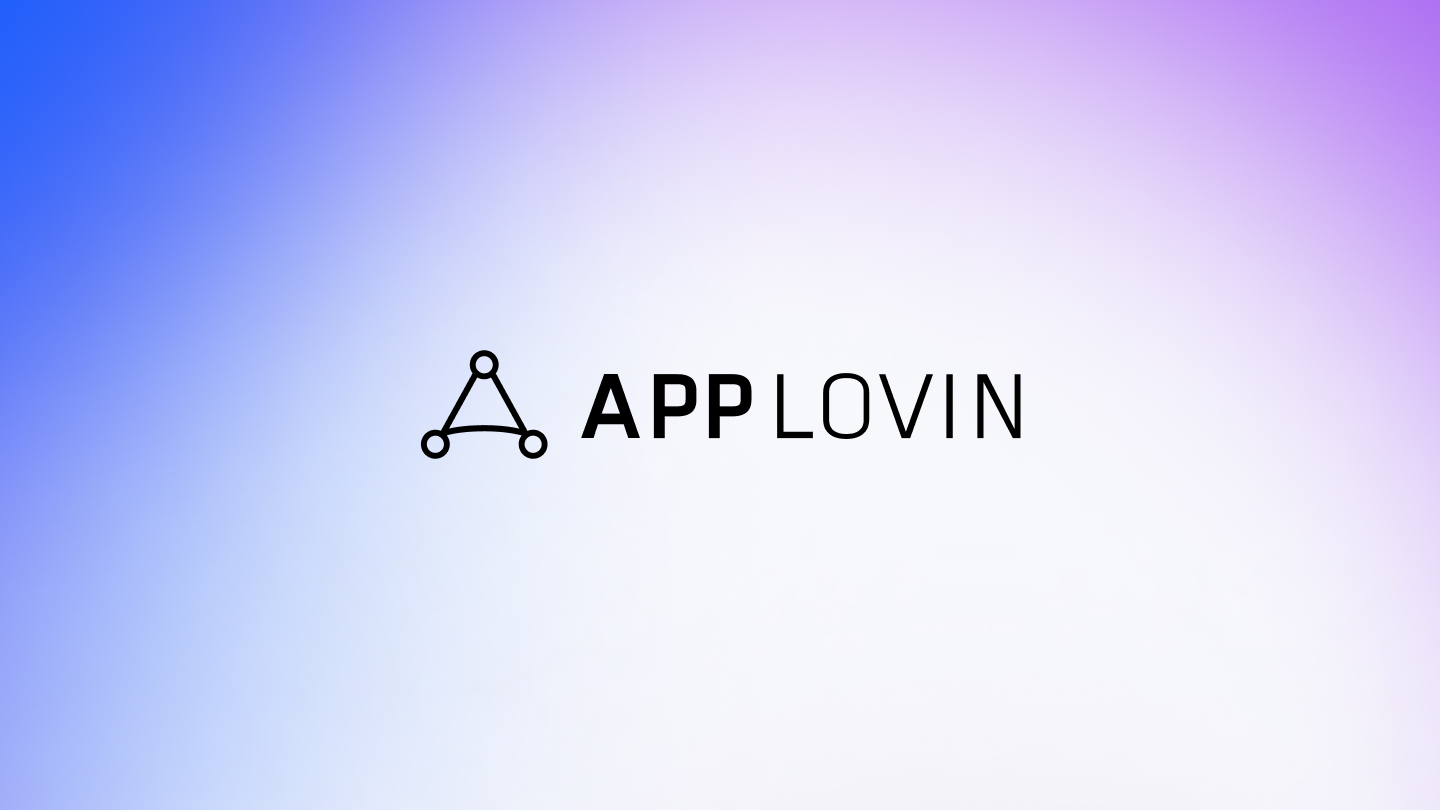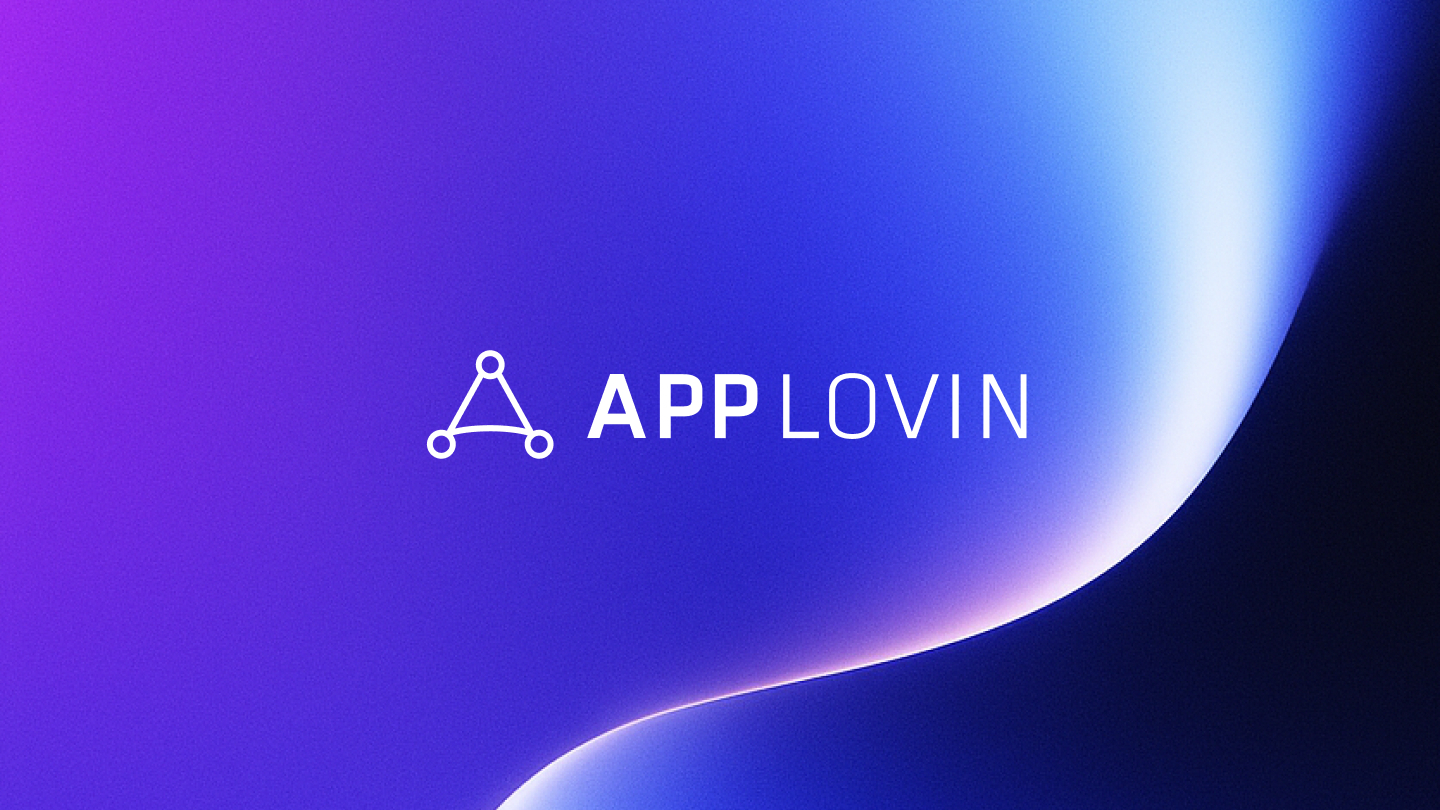Supply Path Optimization (SPO)
Supply Path Optimization, or SPO, is the strategy through which buyers look to remove redundant intermediaries and streamline their access to supply. There are many reasons why agencies and advertisers closely monitor supply paths. The three main reasons are:
- To reduce infrastructure costs
- To increase performance
- To maintain transparency for inventory quality
Compared to web SPO, mobile SPO has an additional level of complexity. This is because ads on mobile devices are facilitated mostly through software development kits (SDKs) — and understanding the type of SDK connection can have meaningful implications for optimizing that path.
Understanding key SPO players and SDKs
The main players to consider for SPO analysis are the sellers, the exchanges, and the demand-side platforms (DSPs).
Starting with the seller — or app publisher in mobile — each app needs to evaluate and prioritize many sources of demand to optimize their yield. To do this, they work to integrate SDKs that represent the exchanges. Understanding the type of SDK connection each exchange has with the app publisher can have major implications to how you as a buyer can think about prioritizing these partners.
To simplify this, there are three types of SDK partners: Mediation, Advanced Bidder, and Traditional Network.
Mediation SDK
The mediation platform acts as the main ad server and ultimate decision maker on what ad will be shown to the end user. Those mediation SDKs that enable unified auctions give buyers an opportunity to participate in the first and final auction. As a buyer looking to optimize your access, connecting to supply through the mediation partner gives you the most direct and complete access to that publisher.
Advanced bidder SDK
A demand source that is directly integrated in the app publisher and participating in the unified auction conducted by the mediator SDK. This type of buyer participates in the real-time auction with their bidder and uses their SDK to render. They are reliant on the mediator SDK to host the first and final auction for their access.
Traditional network SDK
The traditional network SDK, or waterfall-based network, is an integrated partner that is set up in the mediation SDK with a series of priorities or price floors. It does not participate in the unified auction.
If the impression is unfilled at the top priority, the same network would be called again to run an auction for the second, third, fourth, and so on until it is filled. These networks have no way of communicating their true price in the auction, which causes the waterfall to create a tremendous number of duplicative bid requests. A DSP that is buying supply through this type of exchange is likely to see up to 10 times the number of bid requests for each unique impression opportunity compared to the mediated SDK partner. Because the mediator SDK conducts the first and final auction, the waterfall priority established with these networks is translated into first look or exclusive access, duplicating and obfuscating the true price and scale.
All of these SDK partners, whether mediator, bidder, or traditional, are direct to publisher and can be seen in sellers.json and app-ads.txt as such.

